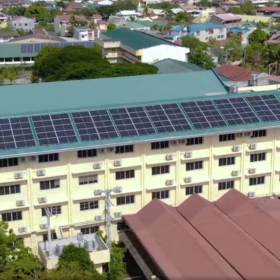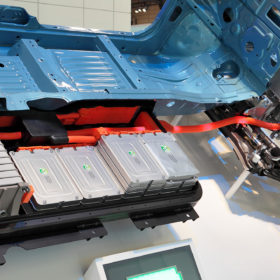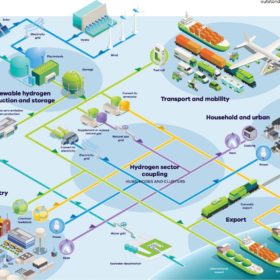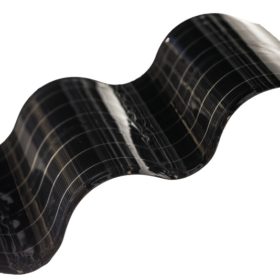Full solar value chain relief is on the way, says ROTH Capital
Philip Shen, managing director of ROTH Capital Partners, hosted top analysts from PV InfoLink to discuss their outlook on pricing, supply and demand at each step in the solar value chain.
Tesla turns to Australian company to secure material for its EVs
Electric vehicle giant Tesla has inked an offtake deal with Australian miner Syrah Resources to supply battery-ready graphite as concerns over raw materials shortages continue.
One shining week in SA: state runs for 6.5 days on renewables
For just shy of a week leading up to December 29, South Australia sourced an average of 101% of its electricity demand from renewable energy.
Aussie developer completes Philippines university installation as it moves into burgeoning market
The Philippines arm of Australian renewable developer Maoneng has completed a 202.4 kWp installation on the rooftop of the Wesleyan University Philippines.
Indian battery cell production scheme gets bids for 130 GWh
India’s production-linked incentive scheme for advance-chemistry battery cell production has received bids for 2.6 times more than the 50 GWh of manufacturing capacity it plans to allocate.
Solaris ex machina: 5B gets funding boost for solar installation robots
Sydney-based solar pioneer 5B has launched a $33.4 million tech innovation program, including a $14 million grant from the Australian Renewable Energy Agency, designed to accelerate the delivery of ultra low cost solar. While a majority of the investment is portioned off for an advanced manufacturing pilot line, approximately a third of the available funds will be used to deliver GPS-guided solar deployment robots.
Victorian government doles out over $7 million toward green hydrogen applications in heavy transport
Transport accounts for approximately 20% of the Victoria’s emissions while also being one of the more hard to decarbonise sectors. Due to its commitment to halve its emissions by 2030, the Victorian government has announced over $7 million in grands for a number of projects seeking to commercialise real world applications in the transport sector powered by renewable hydrogen.
Fortescue partners with German raw materials giant Covestro in landmark green hydrogen supply deal
Fortescue Future Industries has taken another step toward its global green hydrogen ambitions with the signing of a Memorandum of Understanding with Germany polymer company Covestro for the equivalent of 100,000 tonnes of solar-sourced green hydrogen and its derivatives annually, starting as early as 2024.
Weekend read: Indium – sustainability, not supply
The supply of indium, both for layers in silicon solar cells and some thin-film PV technologies, is increasingly seen as a future potential bottleneck that solar and other industries relying on the material will have to manage. Resolving indium supply concerns may be a case of rethinking mining waste and recycling, reports Ian Morse.
Sunman opens 1GW lightweight PV module factory
Sunman Energy claims the new factory, located in Yangzhong City in China’s Jiangsu province, is the world’s largest production facility for lightweight photovoltaics.














